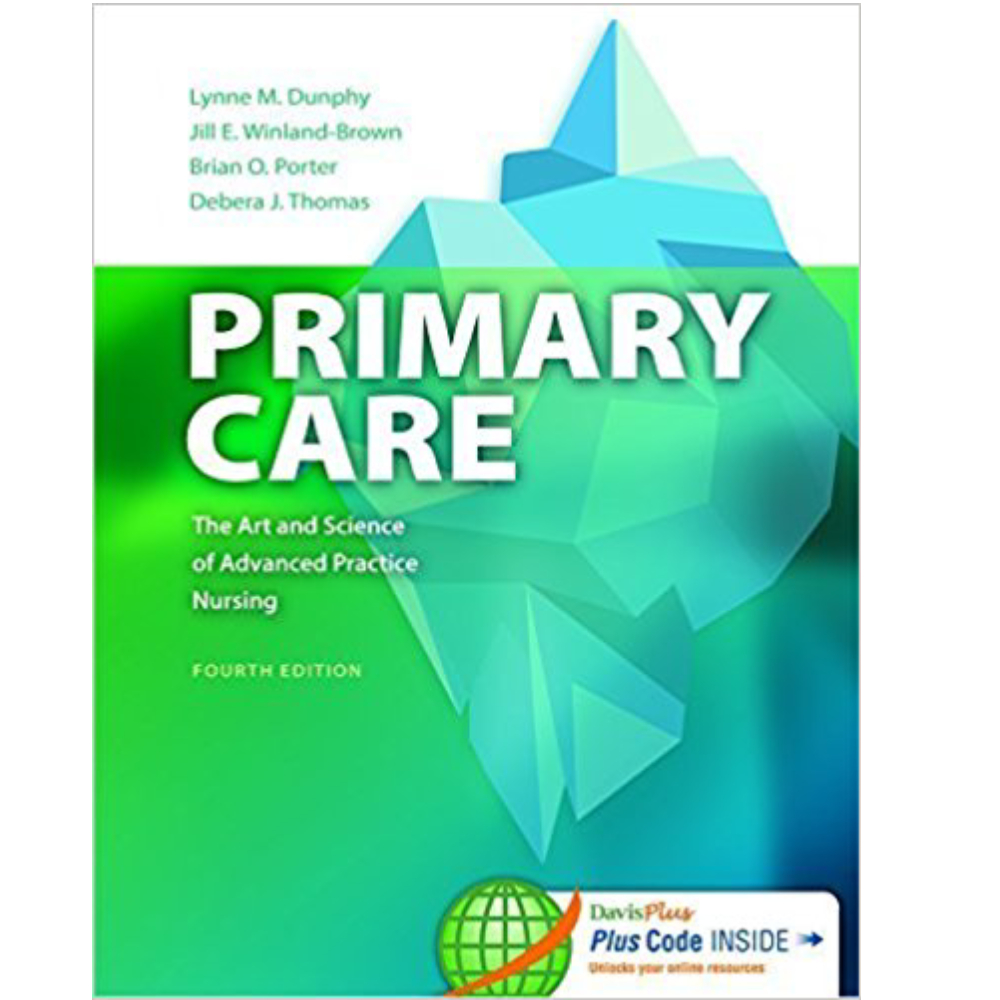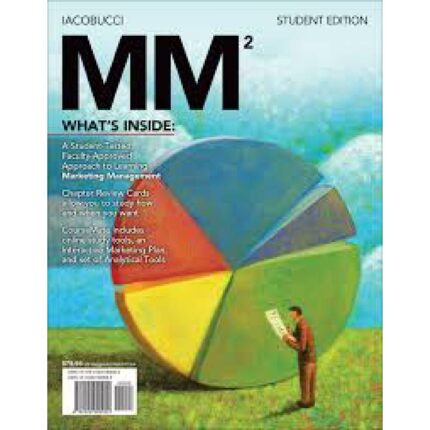Primary Care, Art And Science Of Advanced Practice Nursing 4th Edition By Dunphy – Test Bank
Chapter 11. Abdominal Problems
Multiple Choice
Identify the choice that best completes the statement or answers the question.
____ 1. A 35-year-old female patient is seen in the clinic complaining of abdominal pain. Which of the following should be included in the history and physical examination?
a. Digital rectal exam
b. Pelvic exam
c. Sexual history
d. All of the above
____ 2. A patient comes to the office complaining of constipation. The patient lists all of the following medications. Which drug could be responsible for the constipation?
a. Multivitamin
b. Magnesium hydroxide
c. Pepto-Bismol®
d. Ibuprofen
____ 3. A patient is seen with complaints of diarrhea. Which of the following should be included in the patient’s differential diagnosis?
a. Gastroenteritis
b. Inflammatory bowel disease
c. Lactase deficiency
d. All of the above
____ 4. Mr. J. K., 38 years old, is 5 feet 8 inches tall and weighs 189 pounds. He reports that he has had intermittent heartburn for several months and takes Tums® with temporary relief. He has been waking during the night with a burning sensation in his chest. Which additional information would lead you to believe that gastroesophageal reflux disease (GERD) is the cause of his pain?
a. The pain seems better when he smokes to relieve his nerves.
b. Coffee and fried foods don’t bother him,
c. He wakes at night coughing with a bad taste in his mouth.
d. All of the above
____ 5. A 29-year-old Englishman is seen in the office with complaints of pain in his chest and belly. He has been suffering the pain for 2 weeks and gets temporary relief from Alka-Seltzer®. The burning pain wakes him at night and radiates up to his chest. Which factor favors a diagnosis of gastric ulcer?
a. His gender
b. His age
c. His use of Alka-Seltzer
d. His ethnic origin
____ 6. Which of the following is most effective in diagnosing appendicitis?
a. History and physical
b. Sedimentation rate
c. Kidney, ureter, and bladder x-ray
d. Complete blood count (CBC) with differentials
____ 7. Which of the following is associated with celiac disease (celiac sprue)?
a. Malabsorption
b. Constipation
c. Rectal bleeding
d. Esophageal ulceration
____ 8. A 45-year-old patient presents with a chief complaint of generalized abdominal pain. Her physical examination is remarkable for left lower quadrant tenderness. At this time, which of the following should be considered in the differential diagnosis?
a. Endometriosis
b. Colon cancer
c. Diverticulitis
d. All of the above
____ 9. A 46-year-old patient is seen in the clinic with abdominal pain. Which of the following tests is essential for this patient?
a. CBC with differential
b. Urine human chorionic gonadotropin
c. Barium enema
d. Computed tomography of the abdomen
____ 10. A 25-year-old accountant is seen in the clinic complaining of crampy abdominal pain after meals. She is often constipated and takes laxatives, which are followed by a couple of days of diarrhea. She temporarily feels better after a bowel movement. She states she is embarrassed by flatulence and has abdominal distension. She has had no weight loss or blood in her stool. This problem has gone on for about 6 months. What should the next step be?
a. Obtain a complete history.
b. Order a barium enema.
c. Schedule a Bernstein’s test.
d. Prescribe a trial of antispasmodics.
Answer Section
MULTIPLE CHOICE
1. ANS: D PTS: 1
2. ANS: C PTS: 1
3. ANS: D PTS: 1
4. ANS: C PTS: 1
5. ANS: C PTS: 1
6. ANS: A PTS: 1
7. ANS: A PTS: 1
8. ANS: D PTS: 1
9. ANS: B PTS: 1
10. ANS: A PTS: 1





Reviews
There are no reviews yet.